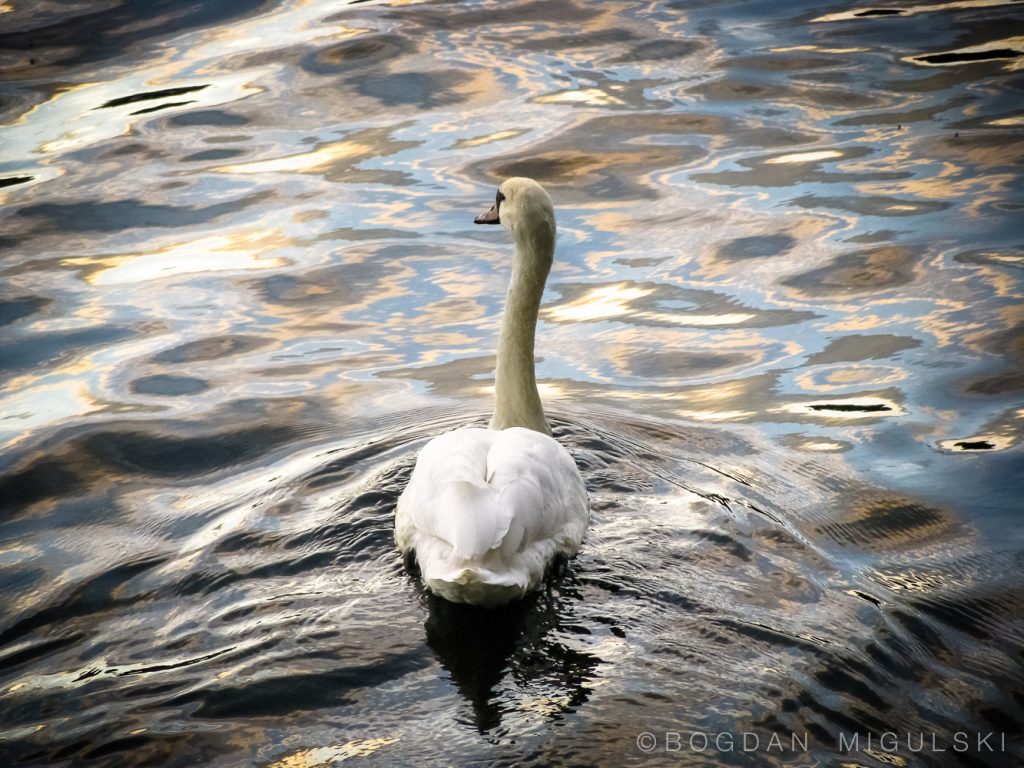
The Vltava river is 430.3 kilometres (267.4 mi) long. It drains an area 28,090 square kilometres (10,850 sq mi) in size. This includes over half of Bohemia and a third of the Czech Republic’s territory.
As it runs through Prague, the river is crossed by 18 bridges (including the Charles Bridge) and covers 31 kilometres (19 mi) within the city. The water from the river was used for drinking until 1912, when the Vinohrady Water Tower ceased pumping operations.
It is, however, the source of drinking water in case of failures of or repairs to the water supply from the Želivka and Kárané sources. The Podolí water processing plant is on standby for such cases with the long section of the river upstream of the Podolí plant under the stricter, second degree of pollution prevention regulations.
Man-Made Additions to The Vltava
Several dams were built on it in the 1950s. The Orlík Dam supports the largest reservoir on the Vltava by volume. The Lipno Dam in the Bohemian Forest retains the largest reservoir by area. South of Prague, the Štěchovice Reservoir is built over the site of the St John’s Rapids.
The river also features numerous locks and weirs that help mitigate its flow from 1,172 metres (3,845 ft) in elevation at its source near the German border to 155 metres (509 ft) at its mouth in Mělník.
The height difference from source to mouth is about 1,016 metres (3,333 ft) and the largest stream at the source is named Černý Potok (Black Brook) or Teplá Vltava (Warm Vltava).
The Vltava itself originates by a confluence of two streams, the Warm Vltava (Teplá Vltava), which is longer, and the Cold Vltava (Studená Vltava), sourcing in Bavaria.
Along its course, the Vltava receives many tributaries. The largest are Otava and Berounka from the left and Lužnice and Sázava from the right side. Its section around Český Krumlov (specifically from Vyšší Brod to Boršov nad Vltavou) is a very popular destination for water tourism. Source: Wikipedia.




